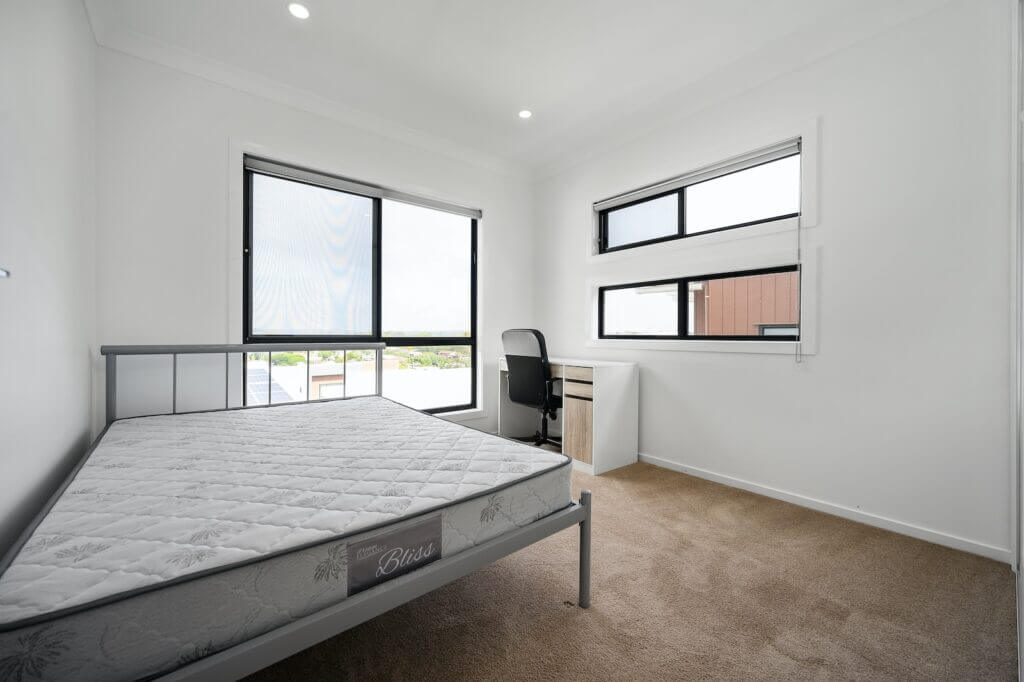Under your mattress lies an often forgotten yet crucial component – the box spring. This rigid platform provides a stable base to support your mattress and reinforce its structure. But after years of bearing weight, do box springs wear out? Can they become so compromised they no longer adequately support your mattress?
Box springs can indeed degrade over time just like your mattress. Deterioration happens gradually as materials compress and components weaken through continual use. Knowing the signs of box spring wear and when to replace yours ensures you’re sleeping on a sturdy, supportive base.
This article covers everything about box spring durability. You’ll learn the average lifespan, inspect for indications yours is failing, and understand the sleep impacts of an exhausted foundation. Let’s lift the mattress skirt to examine when it’s time to retire your hardworking box spring.
The Lifespan of a Box Spring
On average, box springs are designed to last around 8-10 years with regular use. High quality models made with sturdy wood frames and durable fabrics may exceed 10 years. Cheaper versions with thinner materials often decline closer to the 8 year mark.
Factors that can shorten your box spring’s lifespan include:
- Lower quality materials prone to quick compression
- Excess weight and pressure placed on the box spring
- Insufficient center support leading to sagging
- Failure to rotate box spring when rotating mattress
- Exposing box spring to moisture or liquids
Rotating your mattress and box spring head to foot every 6 months extends lifespan. But no box spring lasts forever. Once your model reaches 8 years, be on high alert for signs of deterioration.
5 Signs Your Box Spring is Worn Out
Watch for these indications that your box spring needs retirement:
1. Sagging
Dips, depressions and uneven sinking indicate the internal structure is collapsing. This causes misalignment with the mattress above.
2. Noisy Springs
The coils or slats emit squeaks and creaks when you move. This results from loose parts and instability.
3. Worn or Torn Fabric
Holes, thinning fabric, stains, or water marks signal the covering is disintegrating, compromising protection.
4. Broken or Protruding Components
Poking slats, bent frames, detached borders and cracked wood show structural issues.
5. Mold, Mildew or Odors
Musty, stale smells plus visible mold growth are red flags your box spring is retaining moisture.
Don’t ignore these clear cues. Take action at the first signs of box spring deterioration before problems compound.
Impacts of a Worn Out Box Spring
An exhausted box spring seems like an invisible issue since it’s out of sight under the mattress. But the consequences are serious:
Insufficient Support – Just like a sagging mattress, a collapsing box spring loses its supportive capacity. This causes misalignment with the above mattress layers.
Reduced Mattress Life – Without a robust evenly-surfaced base, your mattress wears unevenly and loses structural integrity faster.
Compromised Sleep Comfort – Sagging, motion transfer and night disturbances increase without stable underlying support. This impairs sleep quality.
Voids Warranties – Weak box spring support can void new mattress warranties over claims the mattress was improperly supported.
Clearly it’s risky to keep using a compromised box spring whose shortcomings transfer to your mattress. Prioritize replacing aged or damaged models before they drag down your overall sleep setup.
When to Replace Your Box Spring
Ideally, your box spring and mattress should be replaced together every 8-10 years as a set. But realistically box springs often last beyond the mattress lifespan. Here are signs it’s time for replacement:
You Purchase a New Mattress – Always get a brand new coordinating box spring when buying a new mattress. Never pair a new mattress with a hand me down box spring.
Signs of Wear Appear – At the first sag, crack, odor or other red flag, replace your box spring ASAP. Don’t wait for total failure.
Over 8-10 Years Old – Once your box spring hits this age milestone, it’s served you well but needs retirement even if it seems fine.
You Switch Mattress Sizes – Got a new bed or mattress size? Get the proper size box spring rather than trying to make an old one work.
Take preventative action to safeguard your sleep investment by recognizing when your box spring loses its structural integrity. Never take chances undermining expensive mattress performance and comfort.
Alternatives to Traditional Box Springs
If you’re not keen to immediately purchase a new box spring, alternatives exist:
Mattress Foundation – Sturdy wood or metal bed frame with closely slatted center support or solid platform surface. Must have center legs or reinforcements.
Adjustable Base – Electric bases have a metal frame that provides even support across the mattress. Many can replace a box spring.
Bunkie Board – Basic plywood boards or solid surface tool that serves as a flat platform for mattresses. Needs mattress retainer rails.
Bed Frame with Built-in Support – Specialty frames have a built-in platform top that stabilizes the mattress. Consult manufacturers.
These options can temporarily provide the backing your mattress needs. But eventually a new matching box spring is ideal for full support.
Give Your Mattress the Support It Deserves
A high-quality box spring properly reinforces your mattress for the ultimate sleep experience. But just like mattresses, box springs Unfortunately box springs do wear out over time. Addressing issues once deterioration signs crop up ensures your mattress doesn’t suffer collateral damage.
Watch for sagging, noises, odor and material flaws. Take preemptive action to replace aging box springs. And always pair new mattresses with brand new box springs. With a little vigilance, you can make certain your valuable mattress enjoys the robust backing it needs to deliver top-notch comfort and support. Don’t let your box spring be the weak link in the sleep chain!




